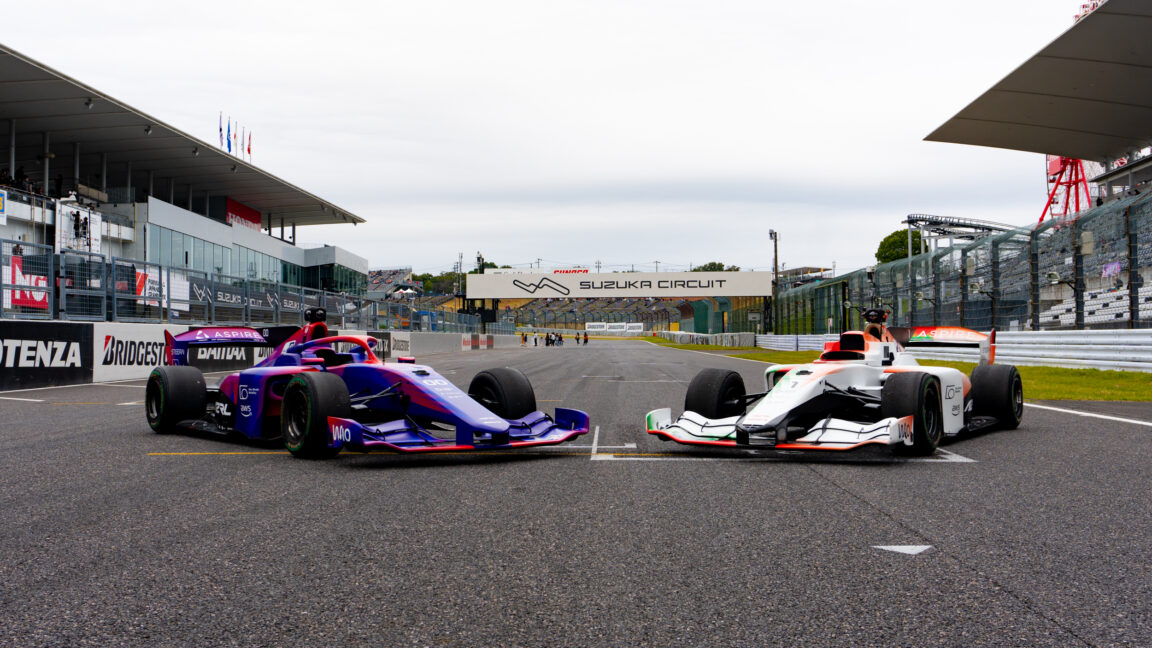Sports
Sports doctor explains challenges, risks of Kristaps Porzingis injury

DALLAS — Kristaps Porzingis is officially questionable for Game 3 of the NBA Finals after suffering a tendon dislocation in his left leg during the Celtics’ Game 2 win over the Mavericks on Sunday night.
The unusual injury brings questions about his status going forward for Game 3 of the NBA Finals and beyond. To get better insight, MassLive spoke with Dr. Jessica Flynn, a sports medicine doctor at Lahey Hospital orthopedics about the injury itself and the factors that Porzingis and the Celtics will need to weigh when evaluating his status for Game 3 and the remainder of this series.
MassLive: This sounds like a very rare and complicated injury. What exactly happened to Porzingis’ leg with this injury and how does it impact him on the floor?
The injury is basically a dislocation of the tibialis posterior tendon and the tibialis posterior tendon runs along the inner ankle and it’s held back by like a little rubber band which we call a retinaculum and that holds it behind what’s called the medial malleolus.
Basically, what can happen is the tendon can pop from where it’s supposed to sit behind that bump on the inner ankle called the medial malleolus, it can dislocate and move in front of it. When it does that, it doesn’t really work. It loses its ability to have power and the tibialis posterior tendon is really important for spring and burst. It also helps hold up the arch, so long term you need that tendon to function or your arch will flatten out. The arch is really important for spring, which is super important for a basketball player.
So the real question is: Can a guy play through this?
Unfortunately, it’s such a rare injury that we don’t know. The Celtics have a tremendous medical and training staff and they still announced in the team’s press release that they have consulted with numerous specialists. That likely means right now, many NBA foot and ankle specialists across the country are talking and trying to figure out, can he play? Sharing the MRI, looking at it, getting multiple opinions because it is a really rare injury, so I think that’s where we are.
MassLive: Could he make a lot of things worse in his leg by playing? Is the risk of re-injury high? Or is pain tolerance or performance the bigger issue?
I think the major issue here, the main question, number one, could he play effectively? Can he run and jump? We’ve seen him walk, but can he actually run up and down the court and he needs to be able to jump, he needs to be able to push off. So that’s number one, can he do it?
That’s difficult to do, especially if the tendon itself is injured or if it’s continually dislocating, like if it’s not in the right spot continuously, that’s not just a pain tolerance thing. That’s a function thing. If he can’t be effective, he can’t play.
Let’s say he can be effective, let’s say this is like a partial tear of the retinaculum and the tendon is O.K. and the way his foot is, he can kind of push through, they’ll tape him up and he’ll try to push through. The issue with Porzingis is that he has been dealing with injuries to a similar complex in both ankles for a while now. Right? He struggled with calf injuries. He rolled his left ankle and then a few plays later strained the right soleus. So in my opinion, that’s not unrelated. He had a bad ankle, like slightly tweaked and a few plays later, he went to push off more with the right leg than with the left leg and that could have led to that soleus injury.
Now he is recovering from that soleus injury on the right side. He comes back, maybe it’s starting to bother him later in the game as he’s playing a little bit more minutes. You’re stacking that on top of Game 1 and did he get fatigued? Did he overuse the tibialis posterior tendon on his other foot to push off because he doesn’t have the same amount of push-off strength on the one on the right side where the soleus injury was.
That’s the issue. I know that the team is saying they’re unrelated and in all fairness, you don’t typically see this, you don’t see one side get injured, then the other one get injured right away like that. They’re not directly related, but I worry with Porzingis, he keeps injuring kind of like the opposite side.
MassLive: Is there a certain injury situation you could compare it to in Boston sports history?
This is analogous to the Curt Schilling bloody sock injury to some degree. It was the first thing I thought of when I heard. However, this is worse because it’s mostly not a pain tolerance or annoyance issue like it was for Schilling.
MassLive: Would sitting out a couple more days for added help the injury at all or is this a far longer recovery timeline?
This is the kind of injury that probably needs surgery to be fixed.
MassLive: So is this a situation now where it’s really going to be judged on his ability to contribute if the team is willing to clear him to play despite the re-injury risk?
Could he be effective? Yes, it’s within the realm of possibility. But given that he has injuries now to the soleus on one leg, which is clearly not behind him, no matter how much anyone wanted it to be after Game 1, it’s not behind him. He’s still dealing with that and then he has now this injury that’s going to affect his ability to spring off the other foot, like he can’t compensate for one injury by using the other side because now both sides are injured. I think that there’s a good chance that’s really gonna limit his ability to be effective. If he can be effective, then the next question is safety and that’s a question for the medical staff. I think that’s why they’re saying they’re taking it out of his hands because it’s the NBA Finals. You have to involve the athlete and if they want to assume some risk for the NBA Finals, then that’s a discussion you have with the athlete.










